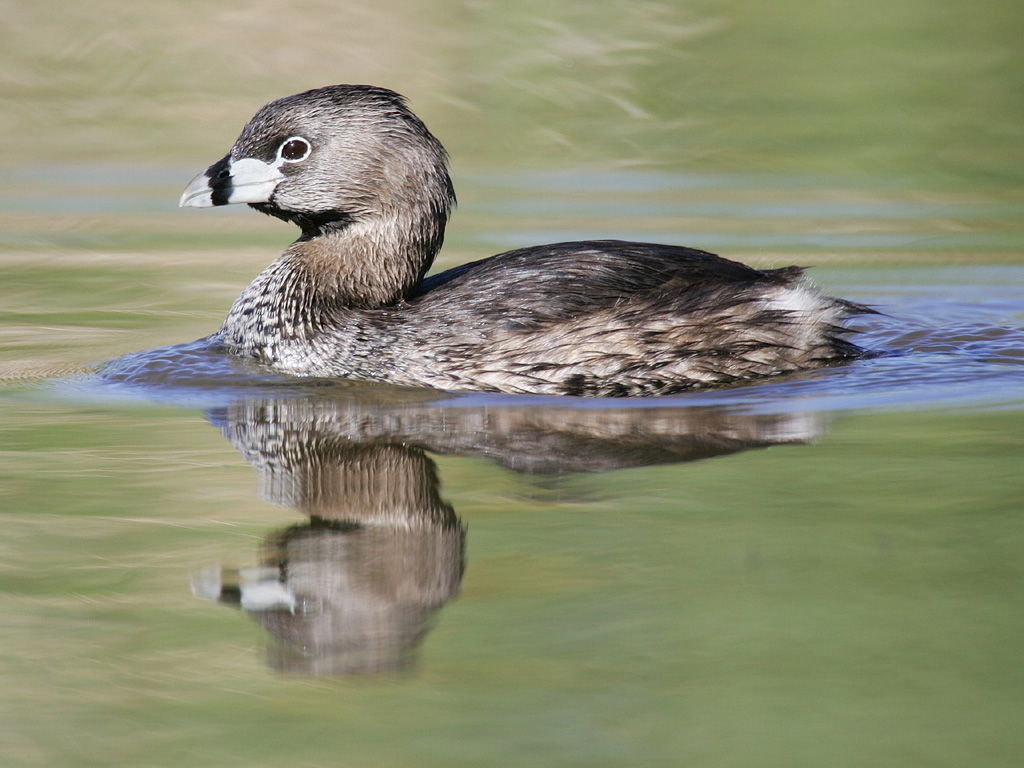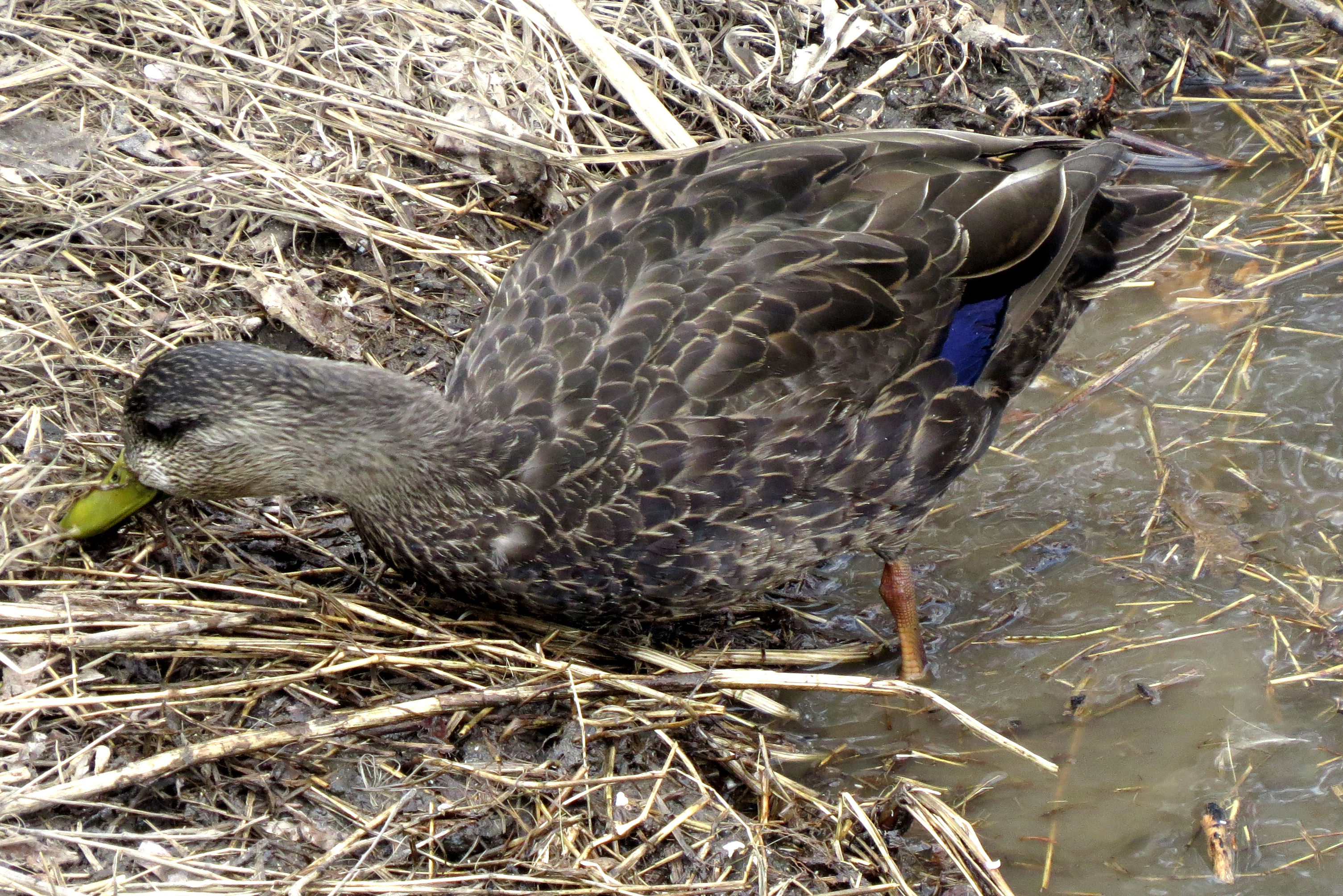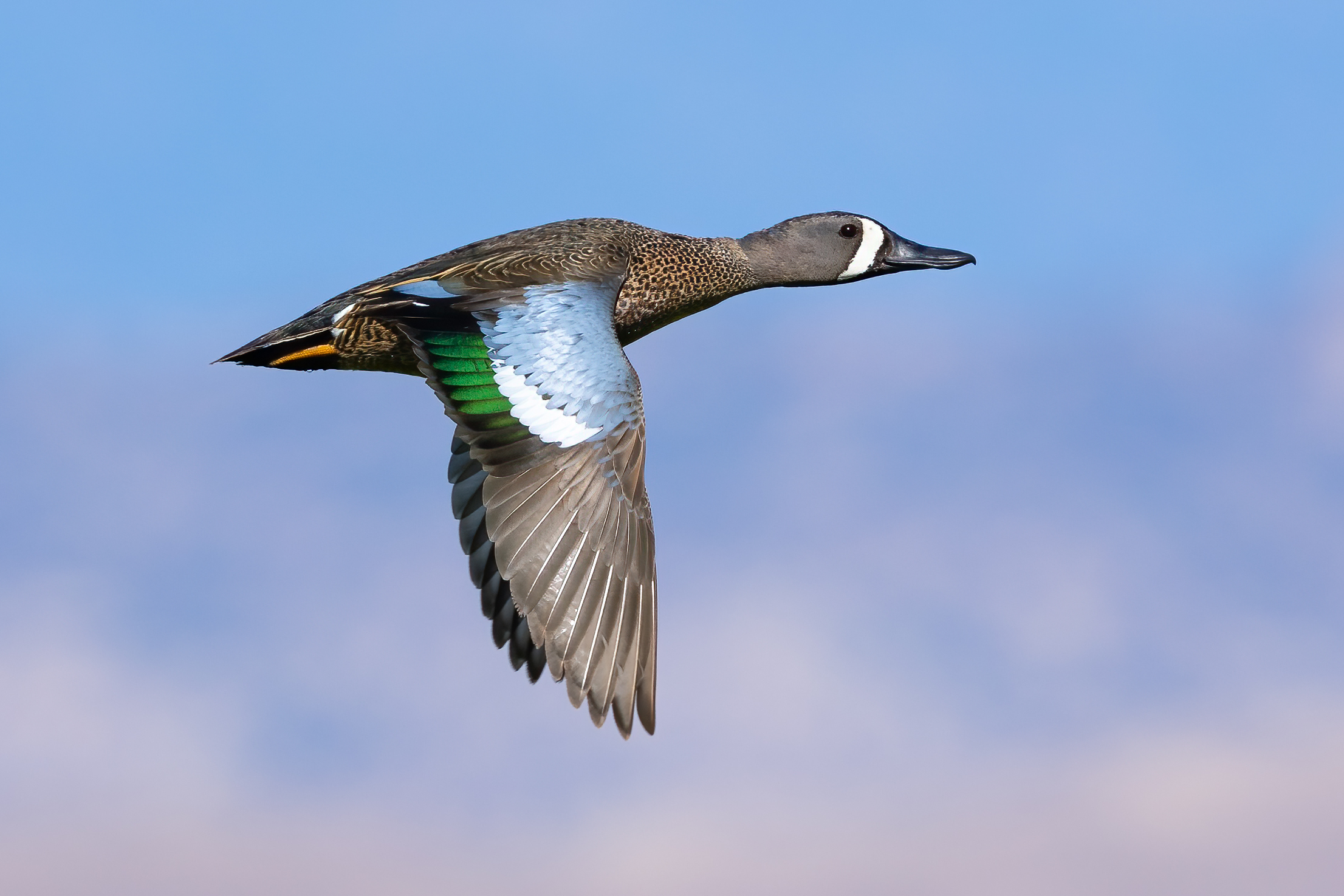|
List Of Birds Of Yukon
This list of birds of Yukon includes species documented in the Canadian territory of Yukon. Unless otherwise noted, the list is that of the Yukon Bird Club (YBC). As of 2021, there were 348 species included in that list. Of them, 58 are casual and 60 are accidental; both terms are defined below. Four have been introduced to Yukon or elsewhere in North America. This list is presented in the taxonomic sequence of the ''Check-list of North and Middle American Birds'', 7th edition through the 62nd Supplement, published by the American Ornithological Society (AOS). Common and scientific names are also those of the ''Check-list'', except that Canadian English spellings are used and the common names of families are from the Clements taxonomy because the AOS list does not include them. The following tags are used to describe some categories of occurrence. *(C) Casual - at least two records but not recorded every year per the YBC *(A) Accidental - recorded only once per the YBC *(I) ... [...More Info...] [...Related Items...] OR: [Wikipedia] [Google] [Baidu] |
Species
In biology, a species is the basic unit of classification and a taxonomic rank of an organism, as well as a unit of biodiversity. A species is often defined as the largest group of organisms in which any two individuals of the appropriate sexes or mating types can produce fertile offspring, typically by sexual reproduction. Other ways of defining species include their karyotype, DNA sequence, morphology, behaviour or ecological niche. In addition, paleontologists use the concept of the chronospecies since fossil reproduction cannot be examined. The most recent rigorous estimate for the total number of species of eukaryotes is between 8 and 8.7 million. However, only about 14% of these had been described by 2011. All species (except viruses) are given a two-part name, a "binomial". The first part of a binomial is the genus to which the species belongs. The second part is called the specific name or the specific epithet (in botanical nomenclature, also sometimes i ... [...More Info...] [...Related Items...] OR: [Wikipedia] [Google] [Baidu] |
Canada Goose
The Canada goose (''Branta canadensis''), or Canadian goose, is a large wild goose with a black head and neck, white cheeks, white under its chin, and a brown body. It is native to the arctic and temperate regions of North America, and it is occasionally found during migration across the Atlantic in northern Europe. It has been introduced to the United Kingdom, Ireland, Finland, Sweden, Denmark, New Zealand, Japan, Chile, Argentina, and the Falkland Islands. Like most geese, the Canada goose is primarily herbivorous and normally migratory; often found on or close to fresh water, the Canada goose is also common in brackish marshes, estuaries, and lagoons. Extremely adept at living in human-altered areas, Canada geese have established breeding colonies in urban and cultivated habitats, which provide food and few natural predators. The success of this common park species has led to its often being considered a pest species because of its excrement, its depredation of crops ... [...More Info...] [...Related Items...] OR: [Wikipedia] [Google] [Baidu] |
Northern Pintail
The pintail or northern pintail (''Anas acuta'') is a duck species with wide geographic distribution that breeds in the northern areas of Europe and across the Palearctic and North America. It is migratory and winters south of its breeding range to the equator. Unusually for a bird with such a large range, it has no geographical subspecies if the possibly conspecific duck Eaton's pintail is considered to be a separate species. This is a large duck, and the male's long central tail feathers give rise to the species' English and scientific names. Both sexes have blue-grey bills and grey legs and feet. The drake is more striking, having a thin white stripe running from the back of its chocolate-coloured head down its neck to its mostly white undercarriage. The drake also has attractive grey, brown, and black patterning on its back and sides. The hen's plumage is more subtle and subdued, with drab brown feathers similar to those of other female dabbling ducks. Hens make a co ... [...More Info...] [...Related Items...] OR: [Wikipedia] [Google] [Baidu] |
American Black Duck
The American black duck (''Anas rubripes'') is a large dabbling duck in the family Anatidae. It was described by William Brewster in 1902. It is the heaviest species in the genus ''Anas'', weighing on average and measuring in length with an wingspan. It somewhat resembles the female and eclipse male mallard in coloration, but has a darker plumage. The male and female are generally similar in appearance, but the male's bill is yellow while the female's is dull green with dark marks on the . It is native to eastern North America. During the breeding season, it is usually found in coastal and freshwater wetlands from Saskatchewan to the Atlantic in Canada and the Great Lakes and the Adirondacks in the United States. It is a partially migratory species, mostly wintering in the east-central United States, especially in coastal areas. It interbreeds regularly and extensively with the mallard, to which it is closely related. The female lays six to fourteen oval eggs, which have sm ... [...More Info...] [...Related Items...] OR: [Wikipedia] [Google] [Baidu] |
Mallard
The mallard () or wild duck (''Anas platyrhynchos'') is a dabbling duck that breeds throughout the temperate and subtropical Americas, Eurasia, and North Africa, and has been introduced to New Zealand, Australia, Peru, Brazil, Uruguay, Argentina, Chile, Colombia, the Falkland Islands, and South Africa. This duck belongs to the subfamily Anatinae of the waterfowl family Anatidae. Males have purple patches on their wings, while the females (hens or ducks) have mainly brown-speckled plumage. Both sexes have an area of white-bordered black or iridescent blue feathers called a speculum on their wings; males especially tend to have blue speculum feathers. The mallard is long, of which the body makes up around two-thirds the length. The wingspan is and the bill is long. It is often slightly heavier than most other dabbling ducks, weighing . Mallards live in wetlands, eat water plants and small animals, and are social animals preferring to congregate in groups or flocks of varyin ... [...More Info...] [...Related Items...] OR: [Wikipedia] [Google] [Baidu] |
American Wigeon
The American wigeon (''Mareca americana''), also known as the baldpate, is a species of dabbling duck found in North America. Formerly assigned to ''Anas'', this species is classified with the other wigeons in the dabbling duck genus '' Mareca''. It is the New World counterpart of the Eurasian wigeon. Taxonomy The American wigeon was formally described in 1789 by German naturalist Johann Friedrich Gmelin in his revised and expanded edition of Carl Linnaeus's ''Systema Naturae''. He placed it with all the other ducks, geese and swans in the genus ''Anas'' and coined the binomial name ''Anas americana''. Gmelin based his description on Edme-Louis Daubenton's hand-colour plate of "Le Canard Jensen, de la Louisiane" and Thomas Pennant's description of the "American wigeon" in his ''Arctic Zoology''. Pennant had been sent a specimen from New York. The American wigeon is now placed with the Eurasian wigeon and three other dabbling ducks in the genus '' Mareca'' that was introduced i ... [...More Info...] [...Related Items...] OR: [Wikipedia] [Google] [Baidu] |
Eurasian Wigeon
The Eurasian wigeon or European wigeon (''Mareca penelope''), also known as the widgeon or the wigeon, is one of three species of wigeon in the dabbling duck genus ''Mareca''. It is common and widespread within its Palearctic range. Taxonomy The Eurasian wigeon was described by Carl Linnaeus in his landmark 1758 10th edition of ''Systema Naturae'' under the binomial name ''Anas penelope''. ''Anas'' is the Latin word for "duck", and ''penelope'' refers to a duck that was supposed to have rescued Penelope when she was thrown into the sea. Her name derives from Ancient Greek πήνη ''pene'', "braid" and ὤψ ''ops'' "appearance", from the ruse she used to deter suitors while her husband Ulysses was absent. Description This dabbling duck is long with a wingspan, and a weight of . The breeding male has grey flanks and back, with a black rear end, a dark green speculum and a brilliant white patch on upper wings, obvious in flight or at rest. It has a pink breast, white belly, ... [...More Info...] [...Related Items...] OR: [Wikipedia] [Google] [Baidu] |
Gadwall
The gadwall (''Mareca strepera'') is a common and widespread dabbling duck in the family Anatidae. Taxonomy The gadwall was first described by Carl Linnaeus in his landmark 1758 10th edition of ''Systema Naturae''. DNA studies have shown that it is a sister species with the falcated duck; the two are closely related to the three species of wigeons, and all of them have been assigned to the genus '' Mareca''. There are two subspecies: * ''M. s. strepera'', the common gadwall, described by Linnaeus, is the nominate subspecies. * ''M. s. couesi'', Coues's gadwall, extinct 1874, was formerly found only on Teraina, a coral atoll in the Pacific Ocean. The specific name ''strepera'' is Late Latin for "noisy". The etymology of the word ''gadwall'' is not known, but the name has been in use since 1666. Description The gadwall is long with a wingspan. The male is slightly larger than the female, weighing on average against her . The breeding male is patterned grey, with a bl ... [...More Info...] [...Related Items...] OR: [Wikipedia] [Google] [Baidu] |
Northern Shoveler
The northern shoveler (; ''Spatula clypeata''), known simply in Britain as the shoveler, is a common and widespread duck. It breeds in northern areas of Europe and across the Palearctic and across most of North America, wintering in southern Europe, the Indian subcontinent, Southeast Asia, Central, the Caribbean, and northern South America. It is a rare vagrant to Australia. In North America, it breeds along the southern edge of Hudson Bay and west of this body of water, and as far south as the Great Lakes west to Colorado, Nevada, and Oregon. The northern shoveler is one of the species to which the ''Agreement on the Conservation of African-Eurasian Migratory Waterbirds'' (AEWA) applies. The conservation status of this bird is Least Concern. Taxonomy The northern shoveler was first formally described by the Swedish naturalist Carl Linnaeus in 1758 in the tenth edition of his '' Systema Naturae''. He introduced the binomial name ''Anas clypeata''. A molecular phylo ... [...More Info...] [...Related Items...] OR: [Wikipedia] [Google] [Baidu] |
Cinnamon Teal
The cinnamon teal (''Spatula cyanoptera'') is a species of duck found in western North and South America. It is a small dabbling duck, with bright reddish plumage on the male and duller brown plumage on the female. It lives in marshes and ponds, and feeds mostly on plants. Description The adult male has a cinnamon-red head and body with a brown back, a red eye and a dark bill. The adult female has a mottled brown body, a pale brown head, brown eyes and a grey bill and is very similar in appearance to a female blue-winged teal; however, its overall color is richer, the lores, eye line, and eye ring are less distinct. Its bill is longer and more spatulate. Male juvenile resembles a female cinnamon or blue-winged teal but their eyes are red.Dunn, J (2006) They are long, have a wingspan, and weigh .Floyd T (2008) They have 2 adult molts per year and a third molt in their first year. Distribution Their breeding habitat is marshes and ponds in western United States and extre ... [...More Info...] [...Related Items...] OR: [Wikipedia] [Google] [Baidu] |
Blue-winged Teal
The blue-winged teal (''Spatula discors'') is a species of bird in the duck, goose, and swan family Anatidae. One of the smaller members of the dabbling duck group, it occurs in North America, where it breeds from southern Alaska to Nova Scotia, and south to northern Texas. It winters along the Pacific and Atlantic coasts and south into the Caribbean islands and Central America. Taxonomy The first formal description of the blue-winged teal was by the Swedish naturalist Carl Linnaeus in 1766 in the twelfth edition of his '' Systema Naturae''. He coined the binomial name ''Anas discors''. A molecular phylogentic study comparing mitochondrial DNA sequences published in 2009 found that the genus ''Anas'', as then defined, was non-monophyletic. The genus was subsequently split into four monophyletic genera with ten species including the blue-winged teal moved into the resurrected genus '' Spatula''. This genus had been originally proposed by the German zoologist Friedrich Bo ... [...More Info...] [...Related Items...] OR: [Wikipedia] [Google] [Baidu] |
Wood Duck
The wood duck or Carolina duck (''Aix sponsa'') is a species of perching duck found in North America. The drake wood duck is one of the most colorful North American waterfowl. Description The wood duck is a medium-sized perching duck. A typical adult is from ( or 1.5 feet max.) In length with a wingspan of between . The wood duck's weight ranges from 454-862 g (16.0-30.4 oz). This is about three-quarters of the length of an adult mallard. It shares its genus with the Asian Mandarin duck (''Aix galericulata''). The adult male has stunning multicolored iridescent plumage and red eyes, with a distinctive white flare down the neck. The female, less colorful, has a white eye-ring and a whitish throat. Both adults have crested heads. The male's call is a rising whistle, ''jeeeeee''; the females utter a drawn-out, rising squeal, ''do weep do weep'', when flushed, and a sharp ''cr-r-ek, cr-e-ek'' for an alarm call. Behavior Their breeding habitat is wooded swamps, shallow ... [...More Info...] [...Related Items...] OR: [Wikipedia] [Google] [Baidu] |


.jpg)
.jpg)


_female_and_male_dabbling.jpg)
.jpg)


